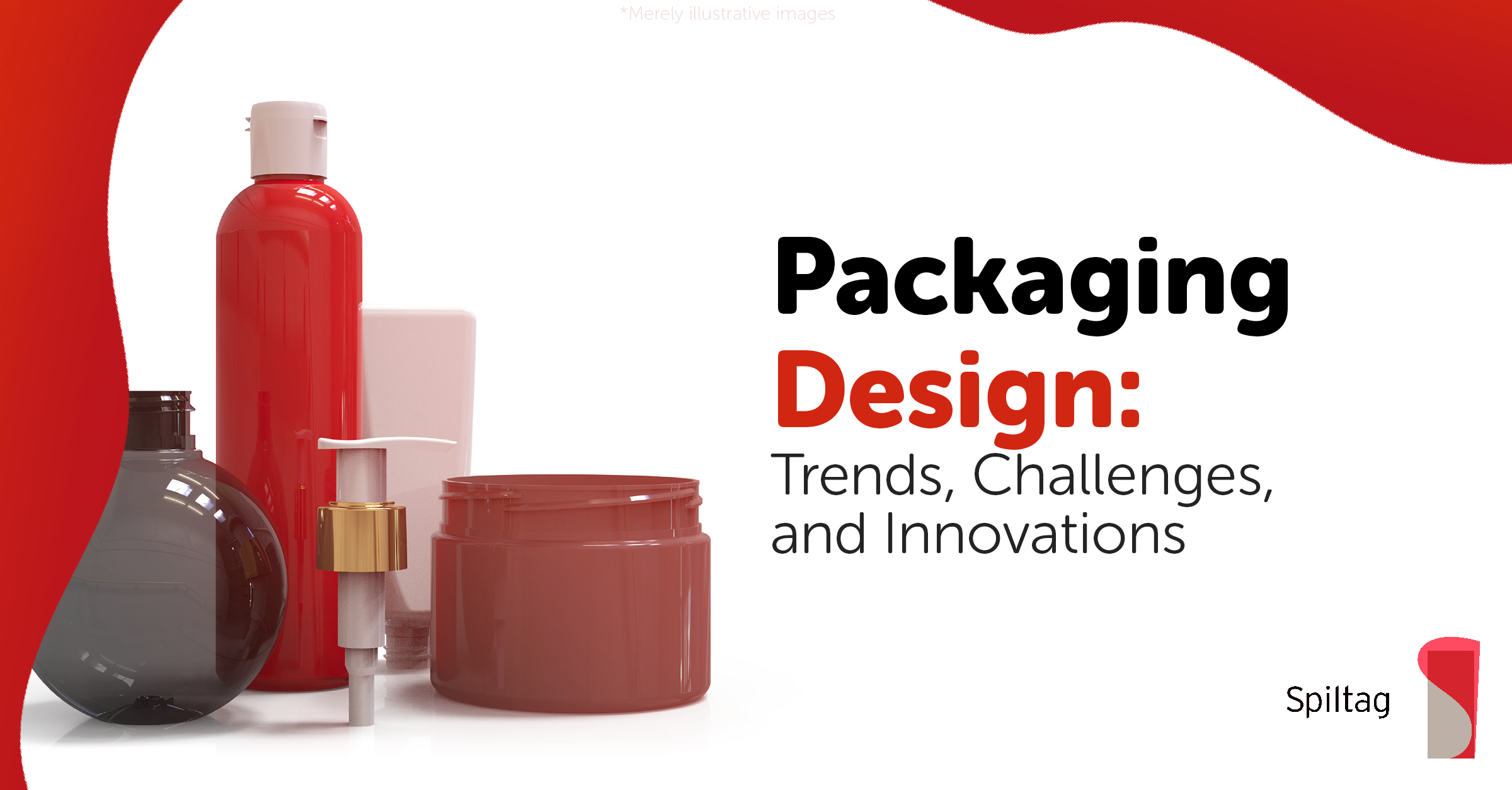
In the ever-evolving world of packaging design, staying abreast of current trends, understanding the challenges, and embracing innovations is crucial for businesses looking to make an impact. This blog post delves into the dynamic landscape of packaging design, exploring the latest trends, the challenges designers face, and the innovative solutions shaping the future of the industry.
Sustainability: Eco-friendly materials and designs are at the forefront, with a growing emphasis on recyclability and biodegradable options.
Minimalism: Simplified, clean designs with less clutter and more focus on the product itself are increasingly popular.
Smart Packaging: Incorporation of technology, like QR codes and AR elements, to enhance user engagement and provide additional product information.
Personalization: Customized packaging that caters to individual preferences and creates a unique unboxing experience.
Balancing Aesthetics and Functionality: Designers must ensure that packaging is not only visually appealing but also practical and user-friendly.
Environmental Regulations: Adhering to evolving environmental regulations and standards can be challenging, especially with the push towards more sustainable practices.
Cost Constraints: Balancing innovative design with cost-effectiveness is a constant struggle, particularly for smaller businesses.
Keeping Up with Trends: Rapidly changing consumer preferences and trends require designers to be agile and forward-thinking.
Biodegradable and Compostable Materials: The use of materials like mushroom packaging, seaweed, and other organic compounds that leave minimal environmental footprint.
Smart and Interactive Packaging: Leveraging technology to create interactive experiences, such as packaging that changes color to indicate product freshness.
Modular Design: Creating packaging that can be repurposed or reconfigured for other uses, enhancing its lifespan and functionality.
Inclusive Design: Packaging that is accessible and easy to use for all, including those with disabilities, is gaining attention.
The world of packaging design is a balancing act between creativity, functionality, and sustainability. As we look to the future, it’s clear that the industry will continue to evolve, driven by technological advancements and a growing emphasis on environmental responsibility. By embracing these changes and challenges, designers and businesses can create packaging solutions that not only meet the needs of today but also pave the way for a more innovative and sustainable tomorrow.
What are the current trends in packaging design?
Current trends include sustainability with eco-friendly materials, minimalism focusing on clean designs, smart packaging integrating technology like QR codes and AR, and personalization for unique user experiences.
How is sustainability impacting packaging design?
Sustainability is a major focus in packaging design, emphasizing recyclable and biodegradable options. Materials like mushroom packaging and seaweed are being used to reduce environmental footprints.
What role does technology play in modern packaging?
Technology plays a significant role in modern packaging, with smart and interactive features like QR codes, AR elements, and color-changing packaging that indicates product freshness, enhancing user engagement and providing additional information.
How are packaging designers balancing aesthetics and functionality?
Packaging designers are balancing aesthetics and functionality by creating visually appealing designs that are also practical, user-friendly, and adhere to environmental regulations.
What are the challenges faced in packaging design?
Challenges include adhering to environmental regulations, balancing innovative design with cost-effectiveness, and keeping up with rapidly changing consumer preferences and trends.
Check our linkedin page and our products!